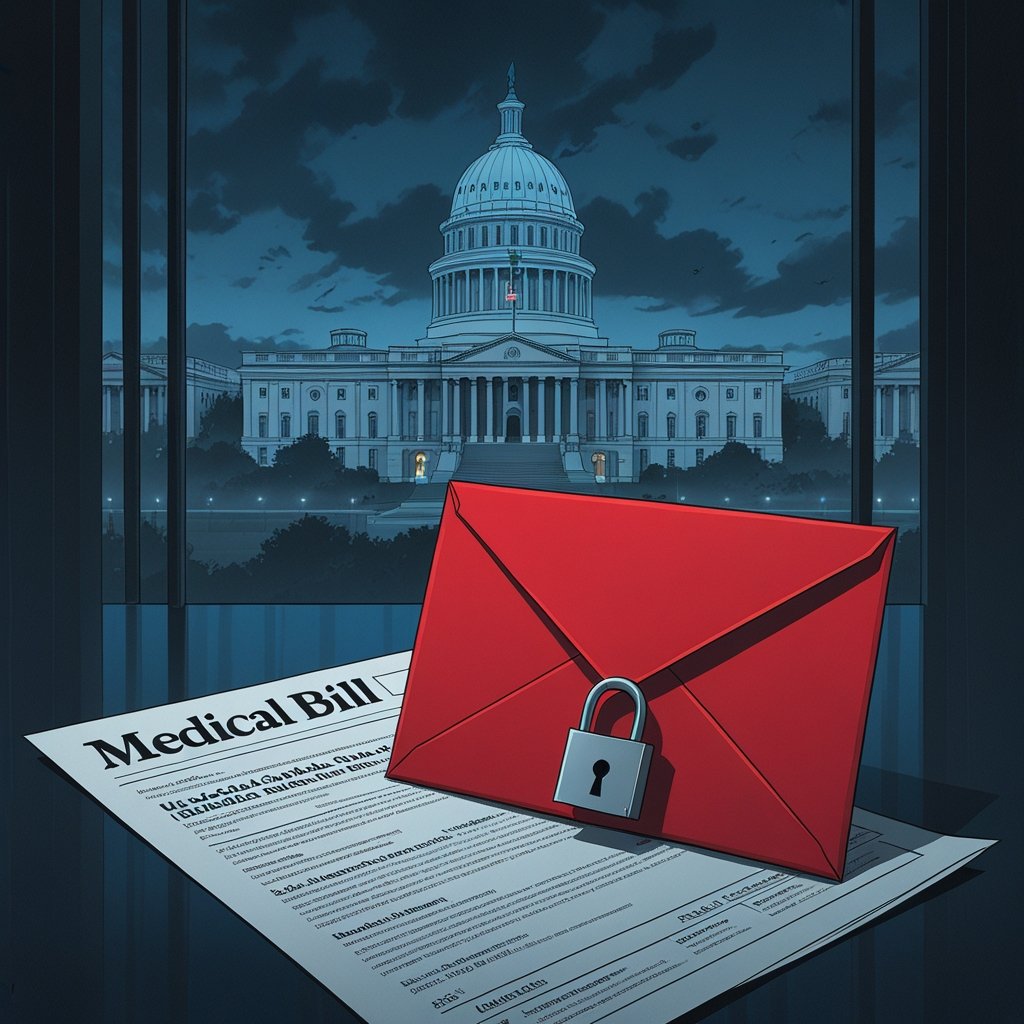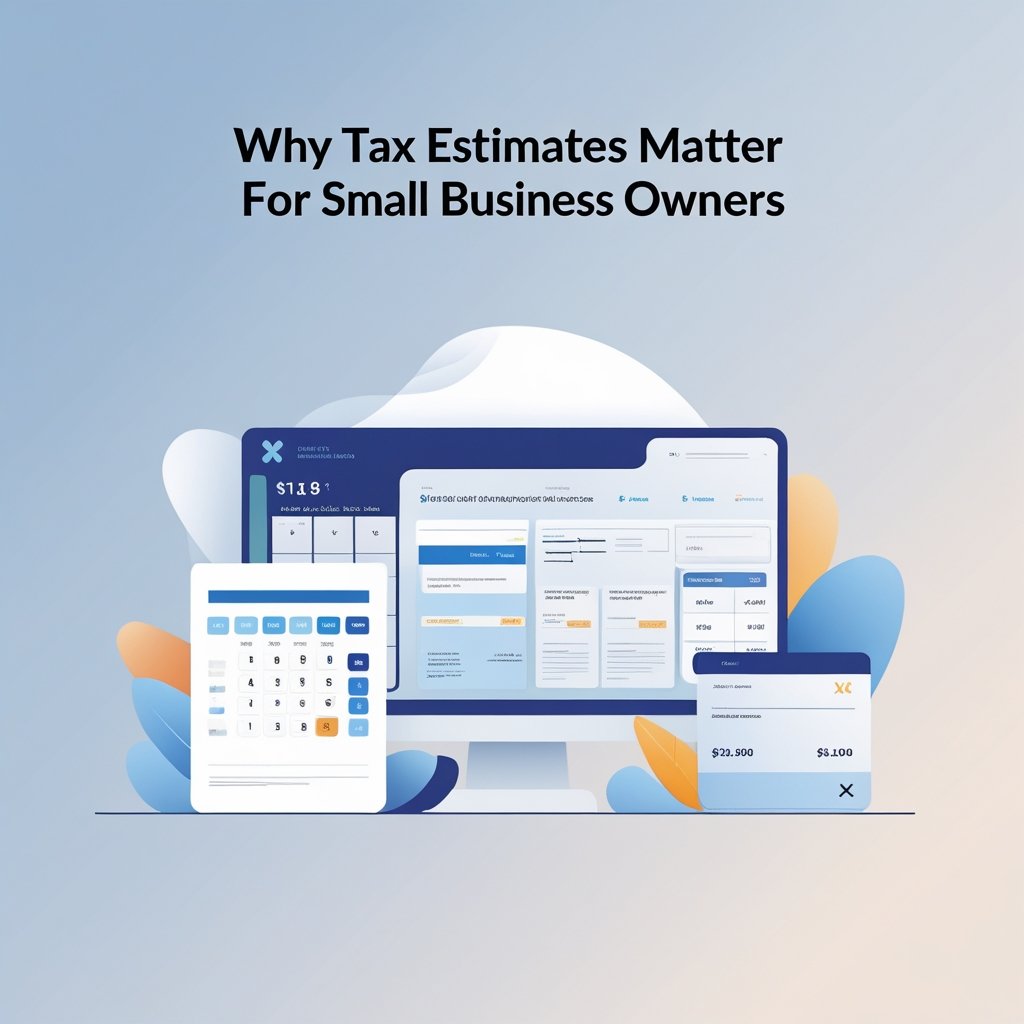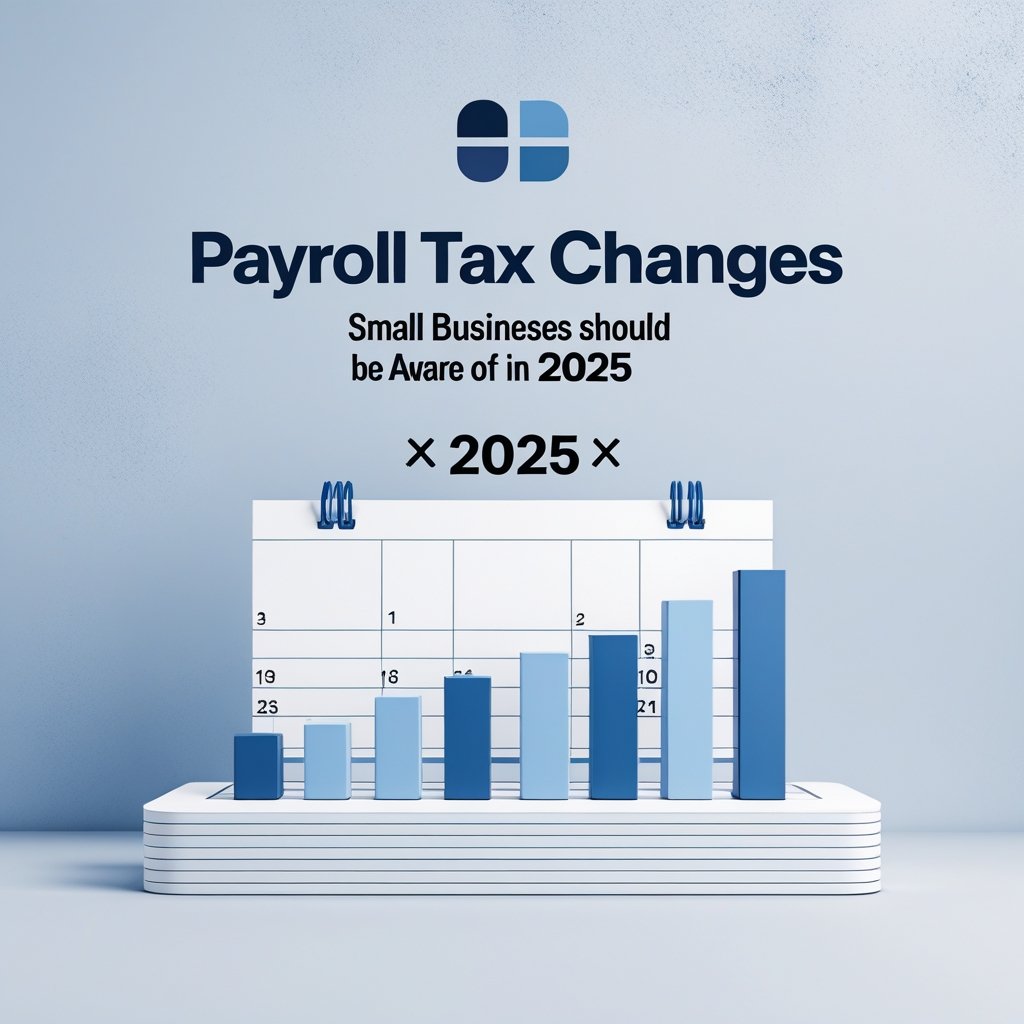In October 2025, the United States faced another government shutdown — a familiar yet deeply frustrating scenario for millions of citizens and federal employees. This time, however, the political deadlock wasn’t just about partisan gridlock or spending limits. It centered around a single, contentious issue: the cost of healthcare subsidies.
The same financial support that once helped Americans afford insurance coverage under the Affordable Care Act (ACA) had become a heavy burden on the federal budget. The debate over whether the government could continue to fund these “unaffordable healthcare subsidies” without worsening the national deficit led to one of the most politically charged standoffs in recent years.
The Origins of Healthcare Subsidies
Healthcare subsidies were introduced under the Affordable Care Act of 2010 (ACA) to make private insurance affordable for lower- and middle-income Americans. Through premium tax credits, the government helps cover a portion of monthly insurance premiums, based on household income, family size, and location.
During the COVID-19 pandemic, the American Rescue Plan Act of 2021 expanded these subsidies, increasing their size and removing income caps. Families earning more than four times the federal poverty level could now qualify for assistance — a temporary measure meant to stabilize the economy and maintain coverage during a health crisis.
When these expanded subsidies proved popular, Congress extended them again through the Inflation Reduction Act of 2022, setting new expiration dates for 2025. As that deadline approached, lawmakers faced a critical question: should the government continue paying billions annually to sustain them, or should the subsidies return to pre-pandemic levels?
The Rising Cost of “Affordability”
What started as a temporary relief program has evolved into a structural fiscal challenge. The Congressional Budget Office (CBO) estimates that making the enhanced ACA subsidies permanent could cost the federal government hundreds of billions of dollars over the next decade.
At the same time, healthcare costs have continued to rise sharply due to medical inflation, new technologies, and aging demographics. As premiums increase, so do the subsidies the government must provide to keep insurance “affordable.” In other words, affordability for consumers often means escalating costs for taxpayers.
A study by the Kaiser Family Foundation (KFF) projected that if enhanced subsidies were allowed to expire, premiums for many marketplace enrollees could more than double — from an average of around $900 per month in 2025 to nearly $1,900 in 2026. For millions of Americans, especially those without employer-based insurance, losing this financial support would make coverage nearly impossible to afford.
Political Standoff: When Policy Meets Partisanship
The October 2025 government shutdown occurred because Congress failed to pass a continuing resolution to fund federal operations. The sticking point was whether to extend the enhanced healthcare subsidies.
- Democrats’ Position: Democrats argued that cutting or ending subsidies would lead to a healthcare catastrophe, pricing millions out of insurance and reversing years of progress under the ACA. They wanted the expanded subsidies to be made permanent or at least extended for another year to protect families during open enrollment season.
- Republicans’ Position: Republicans, on the other hand, argued that the government could no longer afford these subsidies without exacerbating the deficit. They contended that the expansion benefited higher-income households who didn’t truly need assistance and that it discouraged competition and cost control in the private insurance market.
The standoff became a symbolic battle over the size and role of government. Should Washington continue to shoulder the ever-growing costs of health insurance, or should the market and individuals bear more responsibility?
When neither side was willing to compromise, funding lapsed — and the government shut down.
The Human and Economic Impact
The consequences of the shutdown extended far beyond Washington politics.
For millions of Americans, especially those depending on ACA marketplace coverage, the timing couldn’t have been worse. The shutdown began just weeks before open enrollment, creating uncertainty about whether subsidies would be available when people renewed their insurance plans.
If the subsidies were not extended, families could face immediate financial strain:
- A family earning $60,000 annually might see monthly premiums rise from around $400 to over $1,000.
- Some would be forced to downgrade coverage, increase deductibles, or drop insurance entirely.
- Hospitals and clinics could face higher uncompensated care costs as more people become uninsured.
Beyond healthcare, the shutdown also furloughed thousands of federal workers, disrupted public services, and slowed down payments to contractors and agencies. The economic toll of each day of government shutdown is estimated at billions in lost productivity, further compounding the nation’s financial stress.
Why These Subsidies Became “Unaffordable”
At its core, the problem isn’t that healthcare subsidies exist — it’s that they have outpaced the broader reforms needed to contain medical costs.
- Healthcare Inflation:
The U.S. spends nearly 18% of its GDP on healthcare — more than any other developed country. As hospital, pharmaceutical, and administrative costs continue to rise, insurance premiums follow suit. Subsidies must therefore increase just to maintain the same level of affordability. - Expanded Eligibility:
The pandemic-era subsidy expansion allowed even higher-income households to qualify for government aid. While politically popular, this widened the financial responsibility of the federal government beyond what was originally envisioned under the ACA. - Lack of Long-Term Funding Mechanisms:
The enhanced subsidies are funded through annual appropriations, making them vulnerable to political fights each budget cycle. Without permanent funding or structural reform, every renewal becomes a potential crisis. - Partisan Polarization:
Healthcare policy remains one of America’s most divisive issues. Democrats see subsidies as essential to health equity, while Republicans view them as fiscal irresponsibility. This ideological divide ensures that healthcare spending debates will remain flashpoints in future budget negotiations.
Paths Toward Resolution
To prevent similar crises in the future, policymakers must find a balance between affordability and sustainability. Several possible reforms have been proposed:
- Temporary Bridging Extension:
Extend subsidies for another 12 months to give Congress time to negotiate a long-term solution, ensuring stability during open enrollment. - Targeted Subsidy Reform:
Phase out assistance for higher-income households while maintaining strong support for lower- and middle-income families. - Healthcare Cost Control Measures:
Address the root of the problem — high medical costs — through drug price reforms, administrative efficiency, and increased market competition. - Automatic Continuation Funding:
Enact legislation that prevents essential programs like healthcare subsidies from expiring during political stalemates, avoiding future shutdowns. - Bipartisan Compromise:
Pair a moderate subsidy extension with cost-saving reforms that both parties can support, ensuring fiscal responsibility without jeopardizing coverage.
The Broader Lesson: Fiscal and Social Balance
The 2025 shutdown serves as a reminder that policy decisions always have two sides — moral and fiscal. While it’s vital to ensure every American can access healthcare, it’s equally important to ensure the government can sustain such programs in the long run.
The term “unaffordable subsidies” captures this paradox perfectly. What makes healthcare affordable for families can, over time, make it unaffordable for the federal budget. Without systemic reform to rein in medical costs, subsidies will always expand faster than revenues.
For policymakers, the challenge is not whether to help people afford insurance — that principle enjoys broad support. The question is how to structure that help so that it remains financially viable and politically durable.
For more Info : Contact us: +1 (972)-996-6644
Email us : info@theriwa.com






